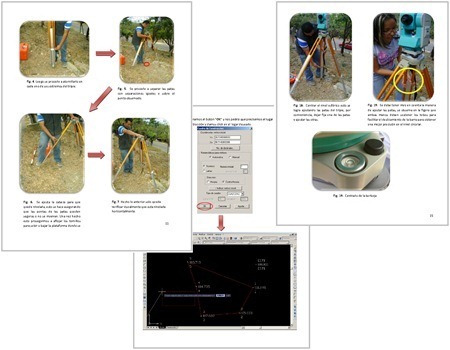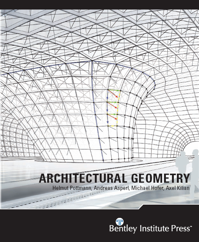Knowledge management, the world has changed
We live in a time where archaic knowledge management structures must be modified. There are environments where we still want to preserve practices in the style of our ancestors, when knowledge was concentrated in an elite and was sold to the inhabitants under manipulative dogmas. In a case like my Mayan predecessors, with everything and their incredible progress that this year has made them fashionable, they even covered the glory of the previous King by building a city on top, quite similar to what governments do in turn -without allusions, but also that the m ** jes-. 🙂
It is good to see the efforts of colleagues in different parts of the Hispanic context, who start their blogs to return part of the knowledge and experience acquired; We encourage them not to neglect their initiatives, even once a month, we must insist with a new article. This is how Geofumadas was born in 2007, long after great sites like Cartesia.org, which exists since 2001 and GabrielOrtiz.com that he arrived in 2003. No one can deny that in these places he learned something new, that he broadened his knowledge, that he shared his own, that he met important contacts and that he grew in professional judgment; Thank you that until now these sites have maintained to promote the legality of the use of licenses and respect for professional associations.
The other day we were laughing in a virtual cafe with Gabriel and Tomás, surprised that in sum the three sites (Cartesia, GabrielOrtiz and Geofumadas) accumulated more than 230,000 monthly visits, more than 90% coming from the Spanish-speaking environment. An interesting exercise in our context that surely other environments would like to have, since placing tools that allow the dissemination of knowledge has been a constant between these sites, maintaining a mutual respect of complementarity.
We hope that the evolution of learning community models, as is happening with the Internet, will find a balance between the incentive to create content, the promotion of free distribution licenses and the profitability of private services. We do not doubt that they are all necessary, but never before did we have a globalized and interconnected world like it is now, so the urgency to review international legislation for knowledge management is a strong challenge; and it seems that with the antecedent of close Megaupload Hispanics will have much to say.
That it is not so easy that we say, it is easy to justify his ignorance to Bon Jovi when he said that Steve Jobs destroyed the music industry with the invention of the iPod; You just have to remember what it cost in a Hispanic country to buy that incredible album “New Jersey” in 1988, and the access you now have to being able to buy only the songs you like on Amazon. In that case it is just content for leisure, for which no one will die, however that limitation of the industry in being able to reach the consuming public its products that constitute a cultural value or knowledge for development... goes a long way, becoming a vicious circle between high prices, piracy and imbalance in purchasing power.
New ways of democratizing knowledge are necessary, with innovative alternatives so that the commercial aspect is always sustainable but with awareness of the socioeconomic contexts. That reason has driven Open Source movements and collective sharing spaces that have been misinterpreted by private legislation or misused by users who do not want to buy a book that costs US $ 20 or an antivirus that costs US29.
As an example of what represents the democratization of knowledge I want to leave this case:
Total Station Operation Manual
Some time ago (in 2008), with one of my technicians we developed an initial version of this document, with an orientation to the cadastre, we publish here with options for download via Scribd when that service was totally free.
There has been read 55,400 times, but a big surprise for me has been to find now a new version worked thanks to the effort of Leopoldo Hernandez and:
- Tania Cilin Gordillo
- Carlos Eduardo Vargas
- Juan Antonio Chompa
The content was greatly expanded, including significant field images, as well as step explanations in detail that overflows the generosity, of 35 pages is now a document over 70.
Among the changes, more explanations were included in each step, among them the data download using the Prolink software and the construction of the course chart using CivilCAD was added.

A good example of what the collective contribution of the community implies. The document may have ended up being forgotten on a hard drive for personal use; as well as for these guys, having improved it and keeping it exclusive to the professional services they provide.
But to return it to the community with the same will represents a level of maturity that is worthy of rescue.
To the extent that Hispanics are open to collaboration, we will help democratize knowledge and we will also generate development in our context ... which greatly needs it in the face of the invasion of globalized economies. Although being honest, it is not clear how to take the lead to influence international legislation under convincing arguments.
The manual can be viewed in this link
There is more content there, I suggest you take a look at these two others:
Instruction step by step with the Total Station Leica TS Flex-Line







Very good contribution, quite illustrative, takes you step by step. Thank you.